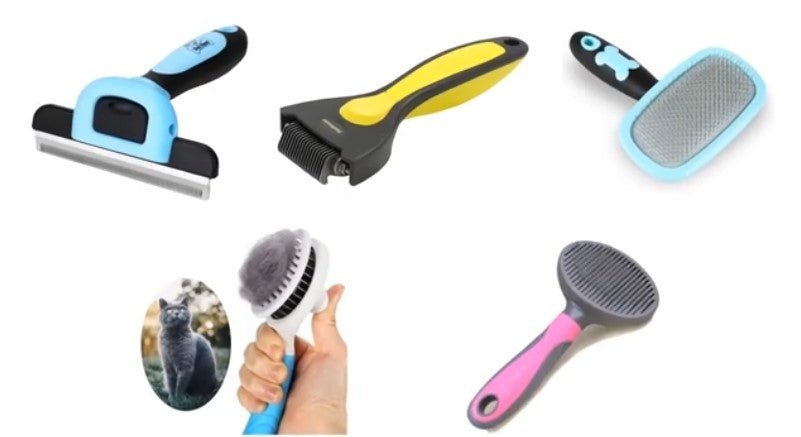

Many people mistakenly believe short-haired cats don’t need regular grooming. Even though they have less fur than their long-haired friends, they still need a regular grooming routine. Brushing keeps the cat coat healthy, shiny and enhances your bond together.
Let’s explore one of the best brushes for short-haired cats, the Bailey Brush, why grooming matters, and how to make care comfortable and stress-free for your cat.

Short-haired cats still shed plenty. Regular grooming keeps loose fur from all over your home or worse—in your cat’s stomach, leading to hairballs and potential health issues. Timely care removes loose fur before it becomes a problem. But there’s more to it than just keeping your home clean.
Brushing improves skin health by distributing natural oils from across their coat, which keeps their fur soft and shiny. And it’s a way to bond. For many cats, a gentle brushing session feels like a mini massage, making them purr with contentment.
Now that we know why brushing is important, let’s look at the different types of brushes that work best for short-haired cats.
Not all cats like the same brush so it’s important to choose one that suits your cat’s personality and grooming needs. Here’s how you can decide:
Grooming short-haired cats must be pleasant and stress-free. Brush in the direction of the hair growth to avoid any discomfort. Cats enjoy it when the brush glides smoothly along their fur, so being gentle is essential, especially around sensitive areas like the belly and paws.
Even though your cat doesn’t have long hair, regular brushing is still important like once or twice a week to maintain top health. And remember, grooming isn’t just about keeping your cat’s fur neat—it’s a bonding activity. Your cat will enjoy positive experiences.
How can you tell if your cat is enjoying the grooming session? Here are some clear signs:
A regular brushing schedule helps keep your cat’s coat in top shape. Here’s a simple plan:
While matting is less common in short-haired cats, it can still happen, if the fur is brushed sparsely. Look for small clumps of fur that appear tangled. These mats typically form in most rubbed areas, such as under the legs, around the neck, or behind the ears.
Timely brushing helps prevent mats, but if you notice any, gently work them out with a fine-tooth comb. Early intervention is crucial to avoid discomfort and skin infections.
If your cat doesn’t enjoy being brushed, don’t worry! Here are some calming strategies:
Lastly, the best brush for short-haired cats depends on your cat’s preferences and grooming needs. A silicone bristle brush or rubber grooming glove is the most effective for short-haired cats to ensure a gentle yet thorough grooming experience. By choosing the right brush like a 100% silicone Bailey Brush, you’ll help your cat stay clean and healthy and enjoy some quality bonding time.
No comments
0 comments